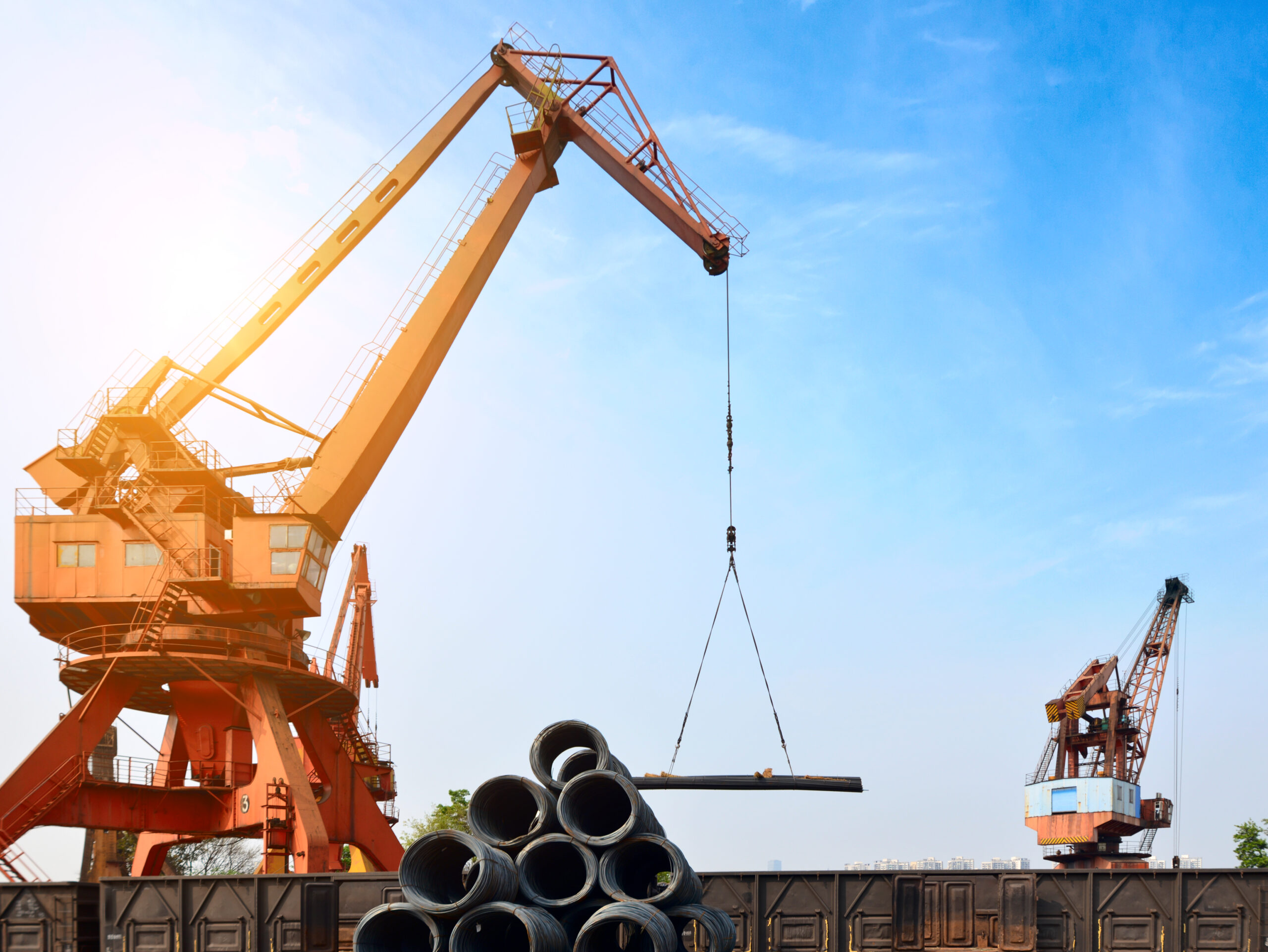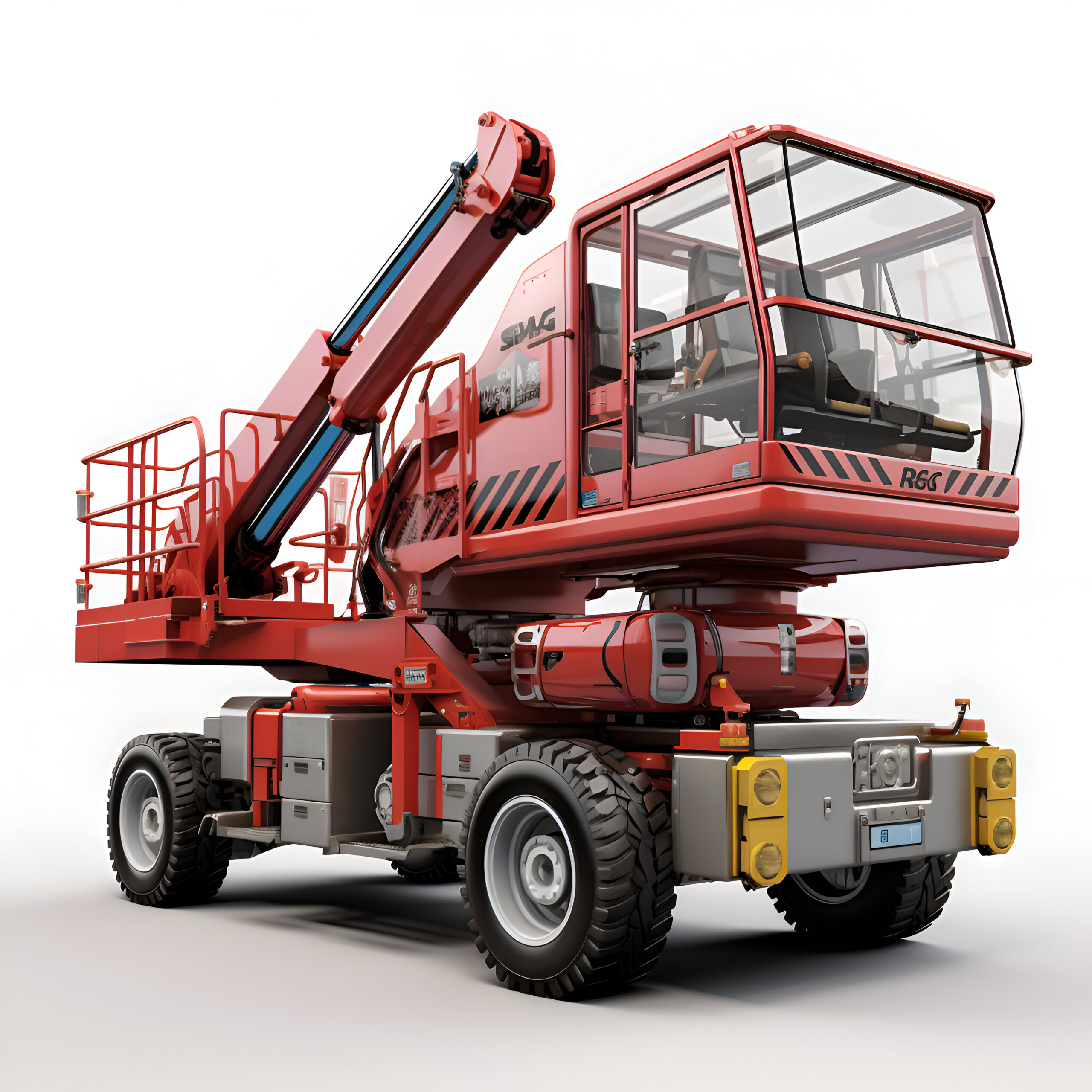Safe operation
The safe operation of rental lifts and cranes hinges on one critical factor that outweighs all others - comprehensive, ongoing operator training.
This theoretical foundation becomes especially crucial when working with rented equipment that may have different specifications and operating characteristics than what an operator is accustomed to using.

While advanced equipment and stringent safety protocols play important roles, it’s the knowledge and skill of the person at the controls that ultimately determines whether a lift proceeds safely or ends in catastrophe. The construction industry’s troubling accident statistics reveal a harsh truth: despite technological advancements, the majority of crane and lift-related incidents still trace back to human error rather than mechanical failure. This reality underscores why investing in proper training isn’t just a regulatory box to check, but a fundamental necessity that protects lives, preserves equipment, and safeguards projects.

For companies utilizing rented lifting equipment, implementing a robust training program requires careful planning and commitment. It starts with selecting training providers who offer equipment-specific instruction rather than generic certifications. Many rental companies now provide specialized training tailored to their inventory, which can be particularly valuable when working with newer or more advanced models. The most effective programs combine multiple learning methods – classroom instruction, hands-on practice, simulation training, and mentorship opportunities – to accommodate different learning styles and ensure complete competency development.
